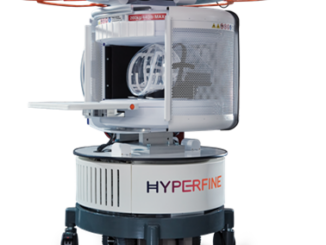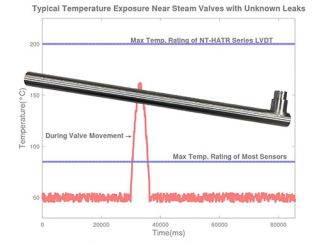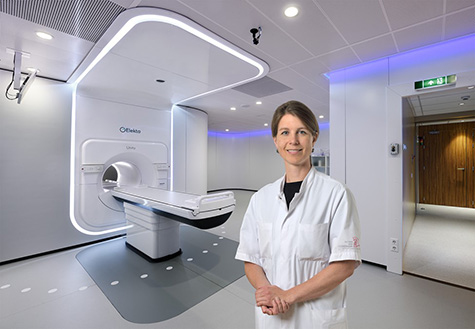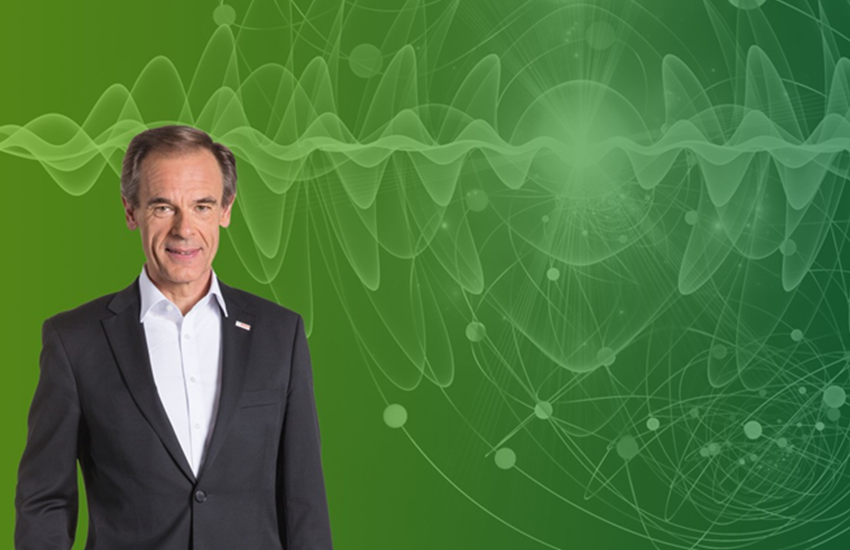
Quantum technology is pushing the boundaries of what is possible in the domains of computing as well as sensors, says Dr. Volkmar Denner, CEO of Robert Bosch GmbH. As head of one of the world’s preeminent technology companies and holder of a doctorate in physics from the University of Stuttgart, he is in a good position to know.
Implications for the field of magnetic sensing are among observations he makes in a recent commentary highlighting aspects of the road ahead and showing how Bosch researchers are working to harness an immense opportunity. The aim overall is to enhance the broad practical benefit of quantum effects, for everything from the development of CO2-neutral powertrains to neurological diagnostics.
“For Einstein, quantum physics was a headache. In the future, quantum technology will help diagnose Alzheimer’s, epilepsy, and Parkinson’s,” says Denner. “This nicely illustrates the stage research and development have reached some 100 years after the first studies on the seemingly absurd effects of waves and particles — effects that, although still difficult for us to grasp, can be put to good use.” Here are excerpts from his presentation that focus on applications with magnetic implication, particularly high-resolution sensing.
Diamond flaws could diagnose Parkinson’s
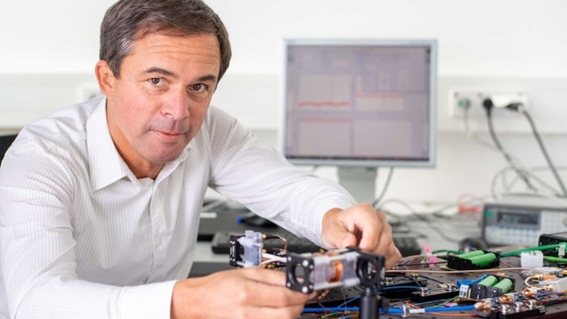
Great though the disruptive potential of quantum computers may be, quantum technology can do much more. For example, quantum sensor technology can help push the boundaries of medical diagnosis. This is also a subject of Bosch research. Like so much in this field of physics, the effect on which it is based is an astonishing one: diamond flaws. They are the basis for measurements of unprecedented accuracy. A flawless diamond consists of nothing but carbon. Flaws, however, are the result of a nitrogen atom and an adjacent missing carbon atom. And precisely these “nitrogen-vacancy centers” are highly sensitive to the tiniest changes in magnetic fields — such as the changes that occur in neurological disorders. They also allow the development of quantum sensors that could take the diagnosis of Alzheimer’s, epilepsy, and Parkinson’s to a new level over the next few years — making it more accurate, simpler, and, not least, more affordable than ever.
A revolution in neurological diagnostics

More specifically, when treating such disorders, the aim is to localize the affected brain regions as exactly as possible. Up to now, this has only been possible with superconducting magnetometers, which have to be cooled to minus 269 degrees Celsius with liquid helium. The scanners that use them are correspondingly complex — huge yet cramped for patients, extremely expensive, and thus rarely found in hospitals. The quantum sensors of the future, by contrast, also work at room temperature, and require no cooling, which means they can be fitted to a light helmet, say. The apparatus currently set up in the Bosch laboratories is still bigger than a laptop, but this will eventually become a circuit board and perhaps, in the course of miniaturization, a chip that costs no more than a few euros. A revolution in neurological diagnosis is on the horizon.
Yaw-rate sensors based upon nuclear magnetic resonance
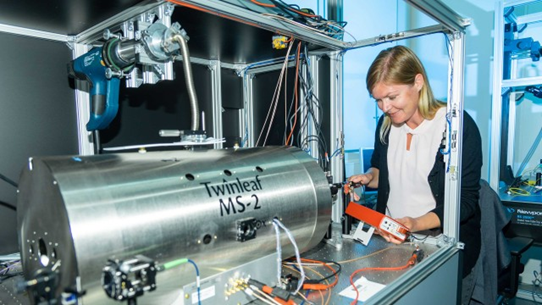
Quantum technology will be capable of even more. For example, we will also see yaw-rate sensors based on the principle of nuclear magnetic resonance. They will be a full 100 times more precise than micromechanical sensors, and play an important role in making highly automated driving safe. To see the entire commentary, https://www.bosch.com/stories/denners-view-quantum-technology/.

